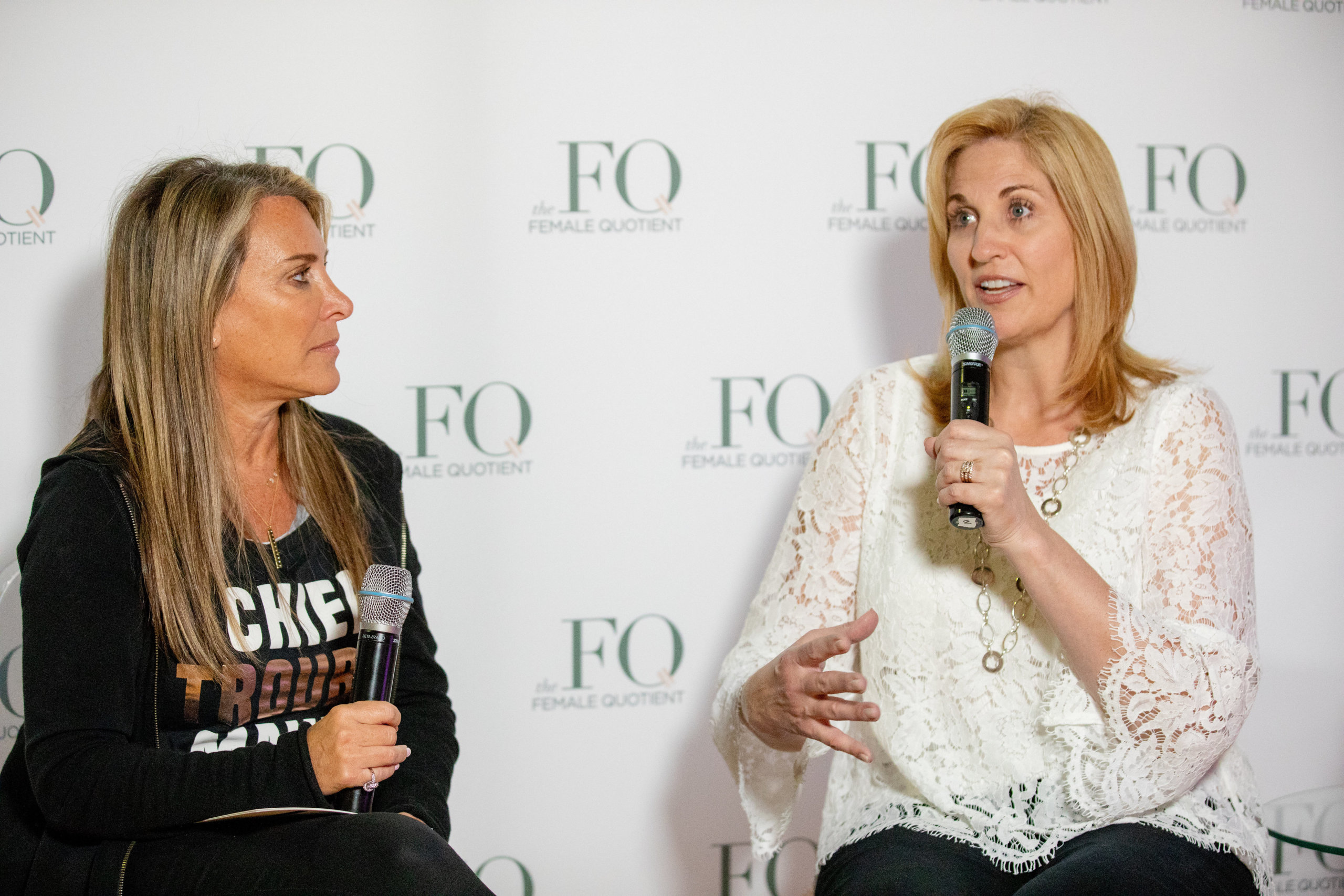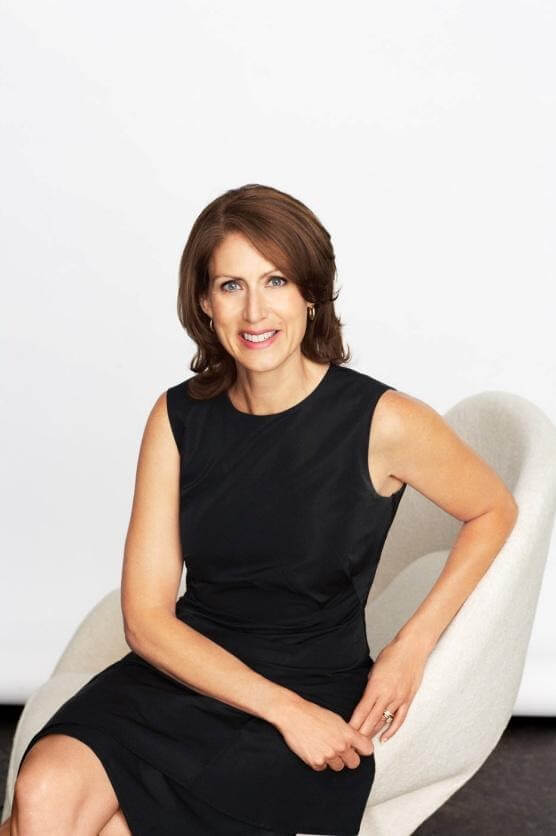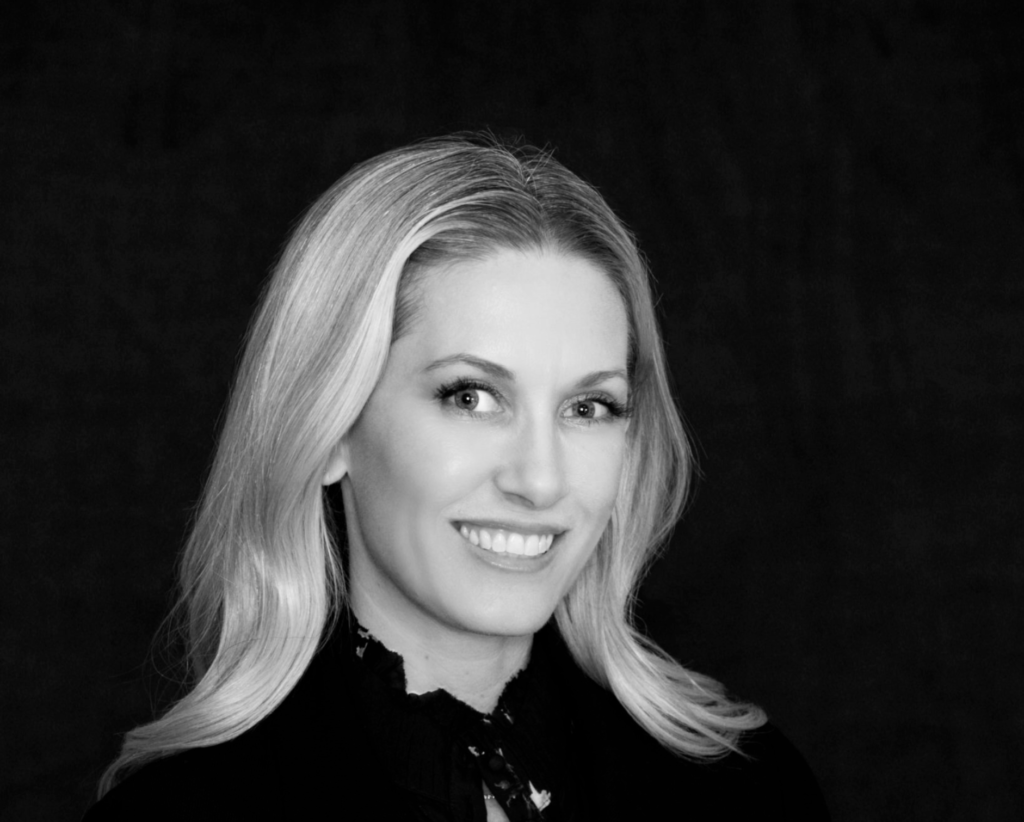
We say leadership isn’t about age, it’s about action—and activating solutions for change. Shelley Zalis, CEO, The Female Quotient, and co-founder of #SeeHer, a movement to help more accurately portray women and girls in media, sat down with Caroline Leach, Vice President, Marketing Analytics, AT&T at the United State Of Women Summit in LA. Caroline shares how data will help drive equality, why accurately portraying women in ads is good for business, and how we can be change agents.
SZ: What’s been your favorite moment so far in the #SeeHer movement?
CL: The most exciting moment is when our gender equality measurement scores come through on the 7th of every month, and we keep seeing progress.
SZ: How are you using the Gender Equality Measure, or GEM®, to measure the ads in your company?
CL: We’re using GEM® to score all of our ads…and can see which ads are best representing women and girls in accurate ways.
SZ: Now you can test your ads for equality?
CL: Yes, that’s right. And it’s actually better for business. Not only does this bring social good to the world…it’s actually better for business. The ads that score higher on GEM® are also the higher performing ads…there is better brand recall, consideration and brand opinion.
SZ: You made a pledge recently at the Makers Conference. What was the pledge?
CL: Makers was in February, and our Chief Brand Officer Fiona Carter has since made a more aggressive pledge to accurately portray women and girls in our ads by the end of 2018.
SZ: Do you think that now you’re part of #SeeHer, you sit at every table with a more conscious mindset?
CL: This is so much about raising awareness. Who is your content creator team? Is it a diverse mindset? Is it 50-50 male-female?…Then this is where the GEM® score comes into play: How are characters in ads portrayed? Are they good role models?
SZ: Have you gotten any pushback from your organization or any of your agencies?
CL: Really we’ve gotten more curiosity. People seem to embrace it. They are very interested in data that shows how having ads with accurate gender portrayals leads to better business results.
SZ: I think it’s about an equality mindset, and now with GEM® we can hold ourselves accountable for that change. Have you found patterns of what you can do—not to say that there are rules—but have you found any specific rules on how you’re getting, on average, better scores?
CL: It seems to be really about the casting…and looking at the roles played. Are women getting powerful roles? Are they getting equal screen time?…Those are pretty easy things to fix.
SZ: What stereotype really upsets you?
CL: Oversexualized images. Some say that sex sells, but the reality is that women are making up to 85% of the purchasing decisions so obviously there’s a big disadvantage there.
SZ: What are some pieces of advice that you can give to all of us about joining the movement to see change?
CL: A good first step is to visit SeeHer.com to understand what the movement is about and which companies are involved. Having the right research partners is important for the validity of the scores. Then it’s socializing it across the organization, and agencies having dialogues with people about their success stories with using GEM® scores.


